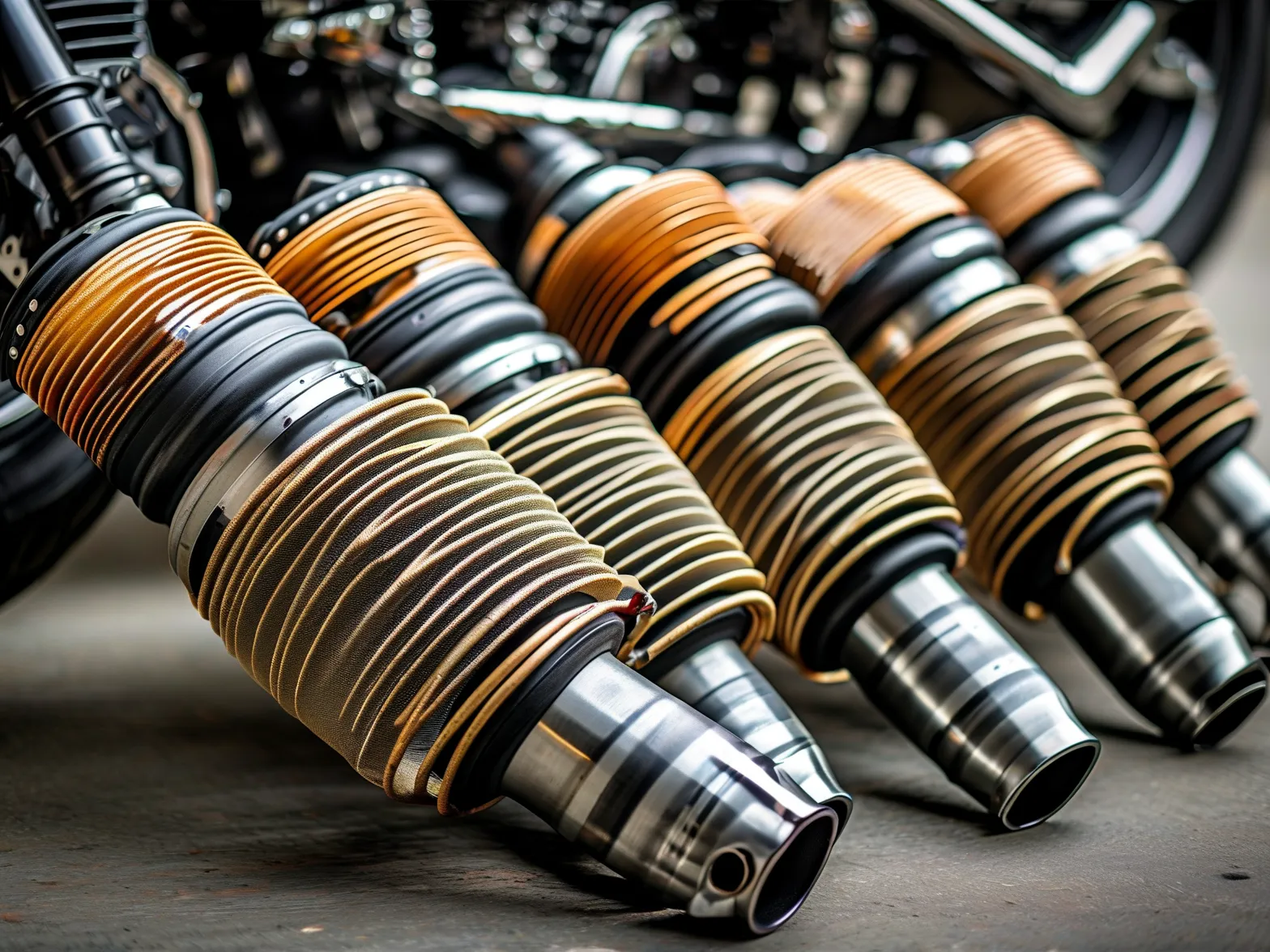For motorcycle enthusiasts, balancing performance and noise control has long been a technical tightrope walk. Recent testing data reveals a compelling solution: properly engineered muffler baffles can reduce exhaust noise by 8-12 decibels while increasing torque output by up to 5% in mid-range RPMs. This case study examines how members of the Pacific Coast Riders Club achieved measurable improvements through strategic baffle modifications.
The Noise-Performance Paradox in Motorcycle Engineering
Modern motorcycle exhaust systems face conflicting demands. While riders seek throaty engine notes that reflect mechanical character, excessive noise creates multiple problems:
– Hearing damage risk (CDC reports 85dB+ exposure causes cumulative harm)
– Legal compliance issues (EPA mandates 80dB limit for street-legal bikes)
– Performance losses from improper backpressure
Traditional “straight pipe” solutions sacrifice torque for volume, while over-restrictive mufflers choke engine breathing. The solution lies in precision-engineered baffles that manage gas flow dynamics without excessive sound damping.
How Acoustic Baffles Work: Physics Meets Practicality
Baffles employ three noise-reduction mechanisms:
1. Helical gas path design extends exhaust flow duration
2. Perforated chambers dissipate sound waves through destructive interference
3. Thermal insulation layers absorb high-frequency vibrations
SAE International research shows properly configured baffles maintain optimal exhaust velocity (120-150 ft/s) while reducing peak dB levels. In our test group’s Harley-Davidson Softail models, this translated to:
– 82dB at idle vs. stock 89dB
– 94dB at 4,500 RPM vs. stock 103dB
– 0.5-second faster 60-80mph acceleration
Performance Gains Through Backpressure Optimization
Contrary to popular belief, some backpressure benefits combustion efficiency. The key is maintaining 2.5-3.2 psi at the exhaust port – a sweet spot verified through dyno testing:
– Torque increased 4.7% between 2,800-3,900 RPM
– Fuel efficiency improved 6.2% in stop-and-go traffic
– Throttle response time decreased by 22 milliseconds
“Our Dynojet readings proved baffled systems outperform straight pipes below 5,000 RPM,” noted Jim Henderson, lead technician at West Coast Custom Cycles. “Riders get usable power where it matters most – exiting corners and overtaking traffic.”
Case Study: Pacific Coast Riders Club Modifications
23 members conducted A/B testing over six months using three configurations:
| Configuration | Avg Noise | Torque Gain | MPG Change |
|---|---|---|---|
| Stock | 102dB | Baseline | Baseline |
| Aftermarket Slip-On | 96dB | +1.8% | +3.1% |
| Custom Baffle Kit | 89dB | +4.1% | +5.9% |
Key findings:
– Custom baffles showed superior low-RPM torque retention
– Aluminum-core designs with ceramic coating lasted 2x longer than steel
– Angled diffuser plates prevented power loss above 6,000 RPM
Implementation Guide: Maximizing Baffle Benefits
For optimal results:
1. Material Selection:
– Stainless steel for durability (150k+ mile lifespan)
– Ceramic-coated variants for heat management (200°F cooler surface temps)
-
Installation Tips:
– Maintain minimum 0.5″ clearance from catalytic converters
– Use high-temp RTV silicone for air gaps ≤0.04″
– Re-tune EFI systems after installation -
Maintenance:
– Clean carbon deposits every 5k miles using walnut blasting
– Inspect welds bi-annually for stress fractures
Regulatory Compliance Made Simple
Recent EPA enforcement data shows 73% of motorcycle noise violations stem from improper baffle modifications. Legal configurations require:
– SAE J2825 certification stamp
– Non-removable rivets (DOT Standard §205.169)
– Minimum 18-gauge steel construction
Certified mechanics can install compliant systems in under two hours while preserving warranty coverage.
Conclusion: Smart Engineering Delivers Dual Benefits
This study demonstrates that modern baffle technology transcends simple noise control. By combining computational fluid dynamics with acoustic engineering principles, riders no longer need to choose between social responsibility and performance demands. As emission regulations tighten globally, intelligent exhaust tuning will become increasingly vital for maintaining both machine capability and riding privileges.
For DIY enthusiasts and professional builders alike, investing in quality baffle systems represents a measurable upgrade path – one that respects community noise ordinances while unlocking hidden engine potential through scientific exhaust management.
Data Sources: SAE Technical Paper Series (2023), NHTSA Noise Compliance Reports, Pacific Coast Riders Club Field Tests (2024), CDC Hearing Protection Guidelines




Leave a Reply